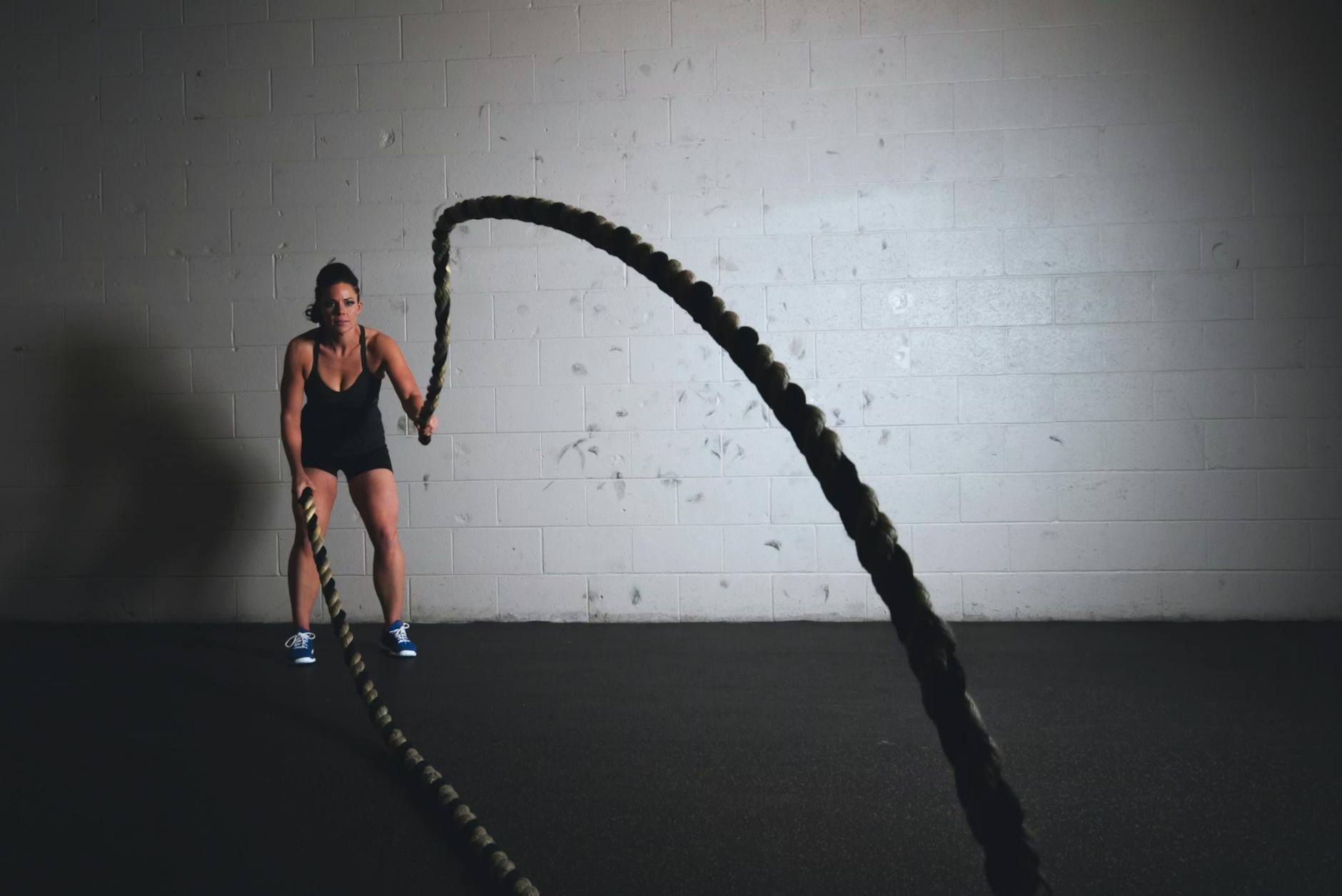When it comes to cardio, most people wonder which is better: short, intense workouts or longer, slower sessions. The truth is that both have benefits. Understanding HIIT vs steady-state cardio can help you choose the right approach for your goals and make your workouts more effective.
Step 1: What Is HIIT?
HIIT (High-Intensity Interval Training) is a workout style that alternates between short bursts of maximum effort and brief periods of rest or low-intensity activity. For example, 30 seconds of sprinting followed by 1 minute of walking, repeated for 15–20 minutes. HIIT is efficient, burns a lot of calories in a short time, and boosts your metabolism even after the workout.
Step 2: What Is Steady-State Cardio?
Steady-state cardio is when you maintain a moderate, consistent pace for a longer time—like jogging, cycling, or using the elliptical for 30–60 minutes. It’s lower intensity, easier on the joints, and great for building endurance.
Step 3: Benefits of HIIT
Time-Efficient: Perfect for busy schedules since workouts can be done in 20 minutes or less.
Afterburn Effect: HIIT boosts calorie burn for hours after training.
Improves Speed and Power: Great for athletes or anyone wanting to build explosive strength.
Step 4: Benefits of Steady-State Cardio
Easier Recovery: Puts less stress on the nervous system compared to HIIT.
Good for Beginners: Simple to start and maintain.
Builds Endurance: Ideal for preparing for races or long-distance events.
Step 5: Which One Is Better for Fat Loss?
Both HIIT and steady-state cardio can burn fat effectively. HIIT might burn more calories in less time, but steady-state is easier to recover from and can be done more frequently. The best choice depends on your fitness level, goals, and schedule.
Step 6: Combine for Best Results
You don’t have to choose one. A mix of HIIT and steady-state cardio is ideal. For example, do 1–2 HIIT sessions per week and 1–2 steady-state sessions. This combination maximizes fat loss, boosts endurance, and keeps training interesting.
The bottom line: The debate of HIIT vs steady-state cardio doesn’t have one winner. Both are powerful tools for fat loss and fitness. Mix them based on your goals, and you’ll see faster and more sustainable results.


